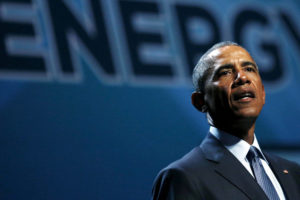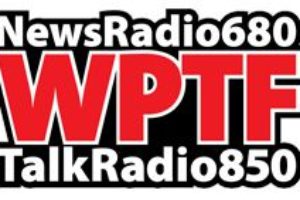The history and prosperity of North Carolina is linked to its transportation network. In the early 1900’s, proactive decision-making from elected state leaders earned us the label – “The Good Roads State”. With over 100,000 miles of public roads, we have the largest state-maintained road system in the nation. North Carolina assumed control of the roadways in 1931, so they could reduce the burden on local governments as they battled the Great Depression. Today, elected state leaders are fiercely debating a myriad of proposals to increase funding for roadway maintenance and new highway construction. Improvements to fuel economy, competing political priorities, and mismanagement of earmarked revenue for transportation needs are complicating how we capitalize future projects. We inherited a great system of roads in North Carolina, but we have exhausted that inheritance.
In 2007, Governor Mike Easley commissioned the 21st Century Transportation Committee to study the conditions and needs of the roadway system and make recommendations to the General Assembly. This “special” committee made up of leaders from public office and the private industry drafted a proposal of new policy options to fund transportation projects in the future. Options include raising the Highway Use Tax from 3% to 4% over two years, increasing vehicle registration fees by $30 over three years, and the use of toll roads.
The contested option for new funding is the installation of a Vehicle Miles Traveled (“VMT”) Fee to provide supplemental funding to the motor fuel tax. Like most states, North Carolina collects a tax on every gallon of fuel consumed (48.6 CPG), and uses this revenue to provide funds for transportation projects. However, new automotive technology that is improving fuel economy is reducing tax revenue, because we use less fuel when traveling, despite that we often drive more today and own more automobiles. With a VMT fee the consumers would pay taxes proportionately to the number of miles they drive.
I agree with the committee that we cannot support a growing state with increasing transportation needs on a shrinking revenue stream. However, the VMT fee disadvantages low-income consumers and rural workers that commute to nearby cities for employment. Legislators will need to consider an exemption for a certain number of miles to balance the impact to these citizens.
Furthermore, the current “equity formula” that is used to distribute transportation funding to local governments is flawed and corrupted by competing political priorities. For example, we have several approved projects in the Piedmont Triad, but they remained unfunded. Compare this to what seems like the ever-growing capacity of roadways in the “rural” eastern part of the state, which is home to the most powerful members of the legislature.
In the meantime, urban areas such as Charlotte, Raleigh, and Greensboro battle congestion and lost economic development opportunities due to inadequate transportation funding. Undoubtedly, large sources of state tax revenue originate from these urban areas and subsidize transportation projects in slow-growth rural areas. A better proposal is to allow local governments to control and administer the “proposed” VMT fee, so they can raise capital for regional transportation projects. This will ensure that a user fee such as VMT will actually provide funding in the areas that are being most impacted by roadway travel and the need for improvements. In addition, political “considerations” and bureaucracy are removed and funding is delivered efficiently and transparently.
North Carolina legislators face a daunting challenge of funding a projected budget deficit of $2 Billion in the upcoming session, but they must remain diligent in their efforts to protect the long-term viability of the state by funding necessary transportation priorities. The success of our state economy is invariably linked to our ability to create and maintain the roadway system of the future, because the efficient transfer of goods and services is the cornerstone to an expanding economy.




